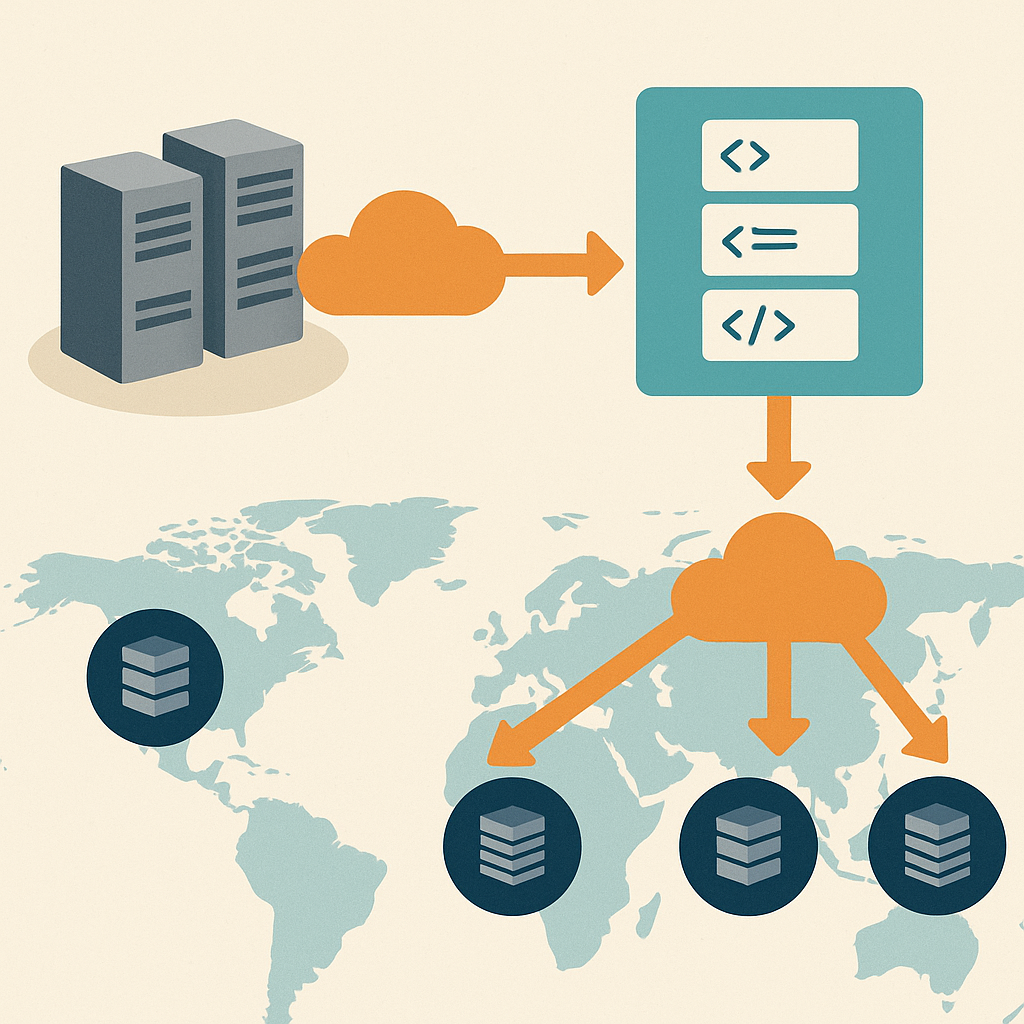Serverless Architecture and Edge Computing: The Future of Applications
A quick story to start with
A small e-commerce startup was struggling with checkout delays during peak sale hours. Their servers buckled under traffic spikes, and upgrading meant expensive infrastructure they couldn’t afford. They switched to a serverless model, pushing critical payment logic closer to the edge. Suddenly, their checkout was lightning-fast, even when thousands hit “buy now” at once. That’s the power of serverless + edge computing in action.
Hook:
What this really means is that the way we build and deliver applications is changing not in theory, but in everyday use.
What Is Serverless Architecture?
At its core, serverless architecture means developers don’t manage servers. You write functions, deploy them, and a cloud provider takes care of scaling, monitoring, and execution.
Common mistake: Many think “serverless” means “no servers at all.” Servers still exist just not ones you manage directly.
Quick checklist for clarity:
- You focus on code, not infrastructure.
- You pay only for execution time, not idle capacity.
- Auto-scales based on demand.
What Is Edge Computing?
Edge computing moves computation closer to the end user instead of centralizing it in far-off data centers. Think of it as bringing the cloud nearer to the customer’s device.
Myth to bust: Edge computing isn’t just for IoT. It’s equally critical for web apps, video streaming, and real-time gaming.
Tip: Place latency-sensitive functions (like authentication or caching) at the edge for maximum impact.
Why Serverless and Edge Work Better Together
Here’s the thing: on their own, serverless gives you flexibility, and edge gives you speed. Together, they give you applications that are both scalable and ultra-responsive.
Key advantages
- Reduced latency – Functions run closer to the user.
- Cost efficiency – Pay-per-execution with minimized bandwidth costs.
- Resilience – Regional outages don’t cripple your app since functions can run on multiple edge nodes.
Practical Use Cases
- E-commerce: Personalize product recommendations at the edge without hitting central servers.
- Media streaming: Serve adaptive bitrates in milliseconds for smooth playback.
- Security: Run DDoS checks and authentication logic before traffic reaches your core system.
Framework you can apply:
- Identify latency-sensitive processes.
- Split those into lightweight serverless functions.
- Deploy them on edge nodes nearest to your users.
Common Pitfalls to Avoid
- Over-optimizing: Not every function belongs at the edge. Keep heavy batch jobs in centralized regions.
- Vendor lock-in: Relying too heavily on one provider can limit flexibility.
- Ignoring monitoring: Just because it’s “serverless” doesn’t mean you stop tracking usage and costs.
Visual Suggestions
- Diagram: A side-by-side visual comparing traditional vs. serverless + edge workflows.
- Alt text: “Traditional centralized server setup vs serverless edge distribution.”
- Flowchart: A checkout process showing where serverless functions fire and where edge nodes reduce latency.
- Alt text: “E-commerce checkout powered by serverless and edge computing.”
- World map graphic: Edge nodes marked across continents showing global distribution.
- Alt text: “Global edge computing nodes reducing latency for users worldwide.”
Final Thoughts
Serverless and edge computing aren’t buzzwords they’re a new operating model for apps that need to be fast, scalable, and cost-efficient. The earlier you start experimenting, the faster you’ll future-proof your systems.
Next step: If this breakdown helped, share it with your team or subscribe for more deep dives into cloud and application strategies.



